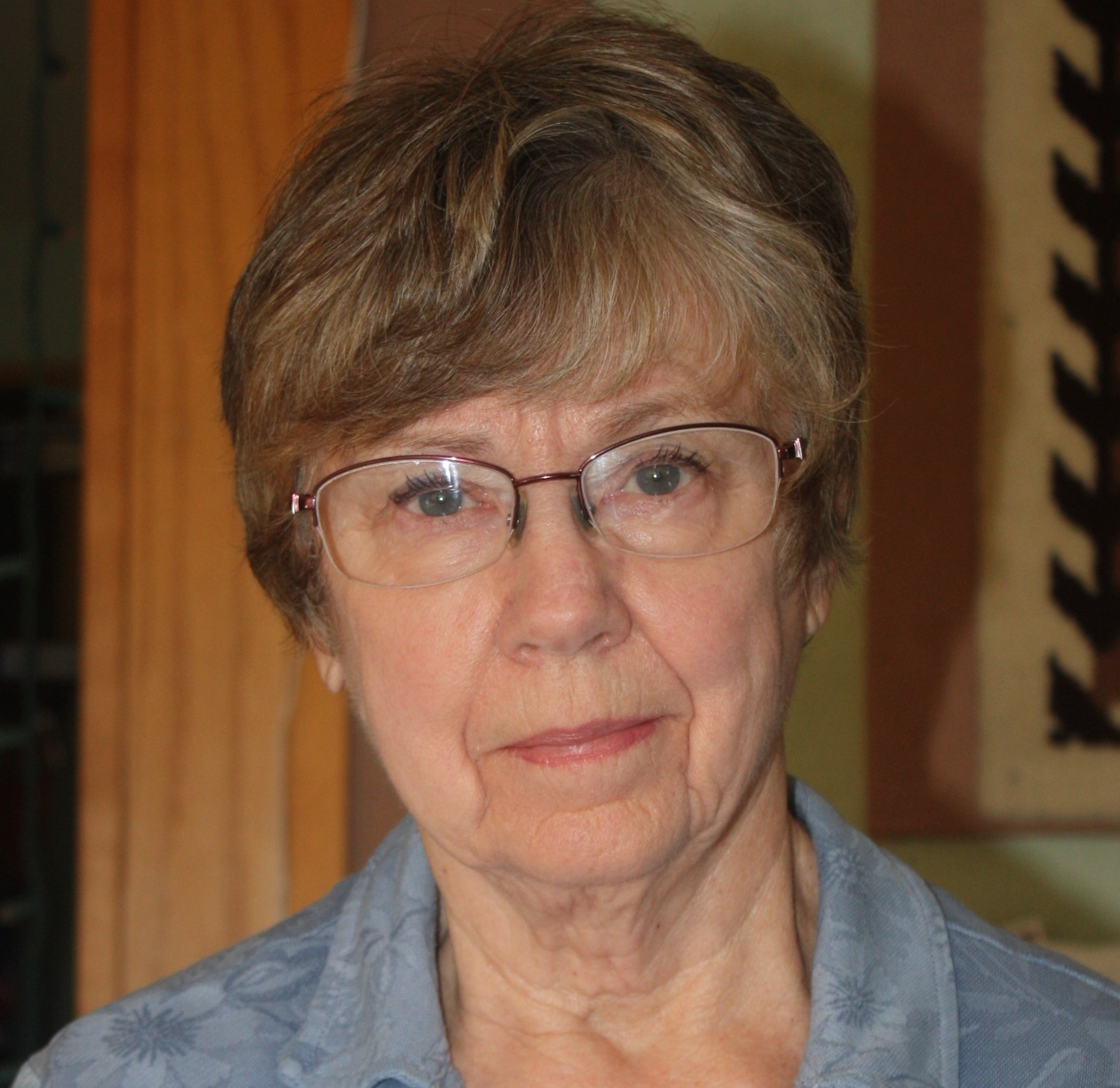Boy's Science Project Discovers Arsenic Surprise
 | Author:
MT 43 News Staff Reporter
Nancy Marks: MT43 News Secretary and News Editor |
Boy's Science Fair Project Delivers Surprise Results
MT 43 News Staff Reporter
A 12-year-old Townsend school boy’s science project has triggered special monitoring for arsenic in the city’s water supply.
It all started as a simple experiment on water that sixth grader Isaiah Lowry drew from a school drinking fountain. His experiment started with the hypothesis that water filtered through filter paper and sand and rocks would do a better job of purification than water filtered only through filter paper.
Sure enough. His hypothesis was correct, and Isaiah, a Winston resident, was awarded 38 points out of a possible 40 by the science fair judges.
Isaiah’s samples were tested by the State Department of Health’s environmental laboratory in Helena. Surprisingly, they found an elevated level of arsenic contamination. Arsenic was measured at 10 parts per billion, which the State Department of Environmental Quality said is the maximum allowed by federal standards for drinking water.
In an e-mail letter to Mt43 News, DEQ Public Policy Director Rebecca Harbage said, “Repeat samplings at the fountain and at the water source confirmed this detection.” It continued, “At this time, the water does not exceed drinking water standards for arsenic. Therefore, there is no required action for the public water system to reduce arsenic levels.”
Harbage noted that the school is on the Townsend public water system and said that “historically, sampling for arsenic at this water system has not exceeded the drinking water standard. Due to decades of samples below the standard, the system is currently required to sample every three years.” But “out of an abundance of caution due to the recent sampling result, DEQ is requiring the public water system to start sampling for arsenic on a quarterly basis and reporting the sampling results to DEQ.”
She wrote that under federal regulations, a water system is in violation if the running average over four consecutive quarters exceeds the standard. “Quarterly sampling will allow DEQ and the water system operator to identify whether the system is heading toward a violation so the operator can take voluntary corrective action before a violation occurs.” If there is a violation, “DEQ would require action such as treatment or removing the source of the arsenic contamination.” Although action is not currently required, DEQ is working with the city to proactively identify voluntary options that may bring the arsenic level down, she concluded.
Townsend Public Works Director Eric Crusch confirmed that he has stepped up monitoring for arsenic in cooperation with DEQ. “We are not trying to hide anything from the public about the safety of the water,” he said.
Article Images
Click on Image Thumbnail(s) to view fullsize image
PhotoCredit: Photo Provided by Family
Image 1 Caption: Isaiah Lowry shown with his science project at Townsend Elementary School Science Fair March 6.
Photo Provided by Family
 Isaiah Lowry Science Fair Project 2024.jpg)